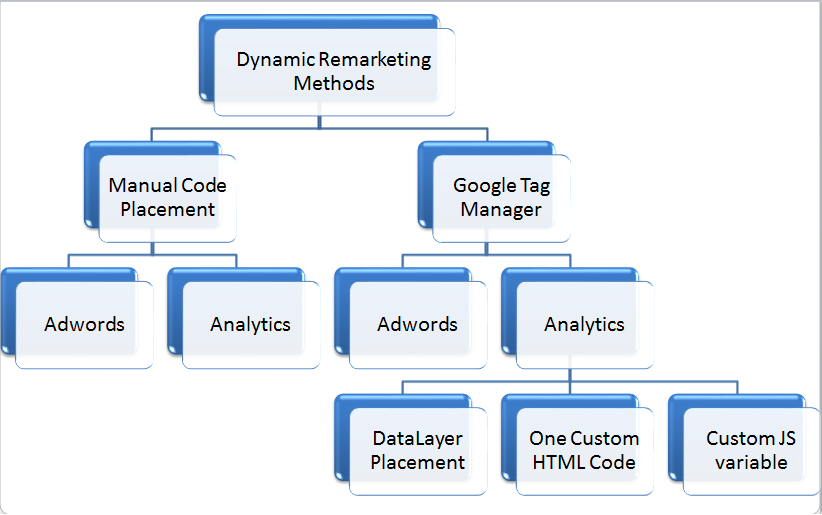Using Remarketing in Google Analytics: A Comprehensive Guide
Utilizing remarketing in Google Analytics supplies services a calculated edge in getting to out to prospective customers. This overview will certainly drop light on the important steps entailed in taking advantage of the full possibility of remarketing in Google Analytics, leading to boosted advertising outcomes.
Understanding Remarketing in Google Analytics
Remarketing in Google Analytics permits companies to strategically target customers who have actually formerly communicated with their internet site or mobile application. By leveraging data from Google Analytics, organizations can produce customized remarketing listings based on customer habits, such as pages checked out, actions taken, or details goals attained. This powerful device allows businesses to re-engage with customers who have actually shown passion in their solutions or products, inevitably enhancing the possibility of conversion.
Recognizing the different types of remarketing strategies is crucial for a successful project - What Is “Remarketing” In Google Analytics?. Google Analytics provides different choices, consisting of conventional remarketing, vibrant remarketing, and remarketing checklists for search advertisements (RLSA) Each kind serves a special objective and can be tailored to meet particular advertising goals
Furthermore, examining the efficiency of remarketing projects is essential for optimizing results. Google Analytics offers important insights into the efficiency of various remarketing methods, permitting organizations to make data-driven choices and improve their targeting approach. By continuously keeping track of and changing remarketing efforts based on analytics information, services can maximize ROI and drive success in their advertising and marketing efforts.
Establishing Remarketing Campaigns

After establishing target market lists, the following action is to connect Google Analytics with Google Ads. By linking these 2 systems, companies can seamlessly move audience lists from Google Analytics to Google Advertisements for remarketing functions. This integration enables for even more exact targeting and better project performance.
As soon as the accounts are connected, businesses can produce remarketing projects in Google Ads making use of the audience details previously specified in Google Analytics. These projects can be tailored with details advertisement creatives, messaging, and bidding methods to efficiently re-engage with previous visitors and drive conversions. By following these actions, businesses can utilize the power of remarketing to enhance their marketing efforts and enhance ROI.
Utilizing Target Market Segmentation Strategies

Predefined segments in Google Analytics enable you to promptly analyze common audience classifications like brand-new customers, returning users, or customers who finished a specific objective on your site. Personalized sections, on the various other hand, allow you to develop unique sections based on certain requirements that are necessary to your business objectives. Dynamic remarketing lists instantly adjust based on individual actions, showing personalized ads to users who have actually interacted with your site particularly ways.
Analyzing Remarketing Performance Metrics
Upon reviewing the effectiveness of remarketing projects in Google Analytics, the evaluation of crucial efficiency metrics supplies valuable insights right into target market interaction and conversion rates. By delving into metrics such as click-through rates (CTR), conversion rates, price per procurement (CERTIFIED PUBLIC ACCOUNTANT), and return on advertisement spend (ROAS), marketing professionals can assess the success of their remarketing efforts. CTR shows the portion of individuals who clicked the ad after viewing it, reflecting the ad's importance and charm. Conversion rates gauge the percentage of users who finished a desired action, such as making a purchase, after clicking the advertisement. CPA reveals the ordinary expense incurred for each and every conversion, aiding assess project productivity. ROAS, on the various other hand, quantifies the profits generated for every single dollar invested on advertising. Analyzing these metrics makes it possible for marketing professionals to maximize campaigns, improve audience targeting, and allot budget plans effectively to enhance overall remarketing efficiency.
Maximizing Remarketing Techniques
When refining remarketing methods in Google Analytics, concentrating on target market division is paramount for attaining project success. By separating your target market into particular sections based on their habits, demographics, or passions, you can customize your advertisements much more successfully to every team. This targeted strategy increases the possibility of engaging individuals that have actually already shown interest in your services or items, leading to higher conversion rates.
Another crucial aspect of optimizing remarketing techniques is constantly testing and refining your campaigns (What Is “Remarketing” In Google Analytics?). A/B testing different ad creatives, messaging, or offers can help you determine what resonates best with your audience and drives the most conversions. By examining the efficiency of these examinations in Google Analytics, you can make data-driven decisions to enhance your remarketing efforts additionally
Furthermore, leveraging vibrant remarketing can significantly enhance your campaign results. This Web Site feature allows you to show individualized ads to customers based upon their previous interactions with your site, showcasing services or products they have actually previously seen. By supplying customized material to customers based on their behaviors and interests, dynamic remarketing can help boost involvement and drive conversions.
Verdict
In verdict, harnessing remarketing in Google Analytics is a calculated method to target users that have go now actually previously engaged with a site. By producing tailored audience lists and making use of audience division techniques, businesses can maximize remarketing campaigns for increased conversion prices. Analyzing efficiency metrics and continuously maximizing methods are critical for making the most of the performance of remarketing efforts.
Google Analytics supplies different alternatives, including typical remarketing, dynamic remarketing, and remarketing checklists for search ads (RLSA)After establishing up audience listings, the next step is to link Google Analytics with Google Advertisements. By connecting these two systems, businesses can flawlessly move target market lists from Google Analytics to Google Ads for remarketing objectives.Once the accounts are linked, organizations can create remarketing projects in Google Ads utilizing the target market provides previously defined in Google Analytics.When refining remarketing methods in Google Analytics, concentrating on audience segmentation is vital for achieving project success.